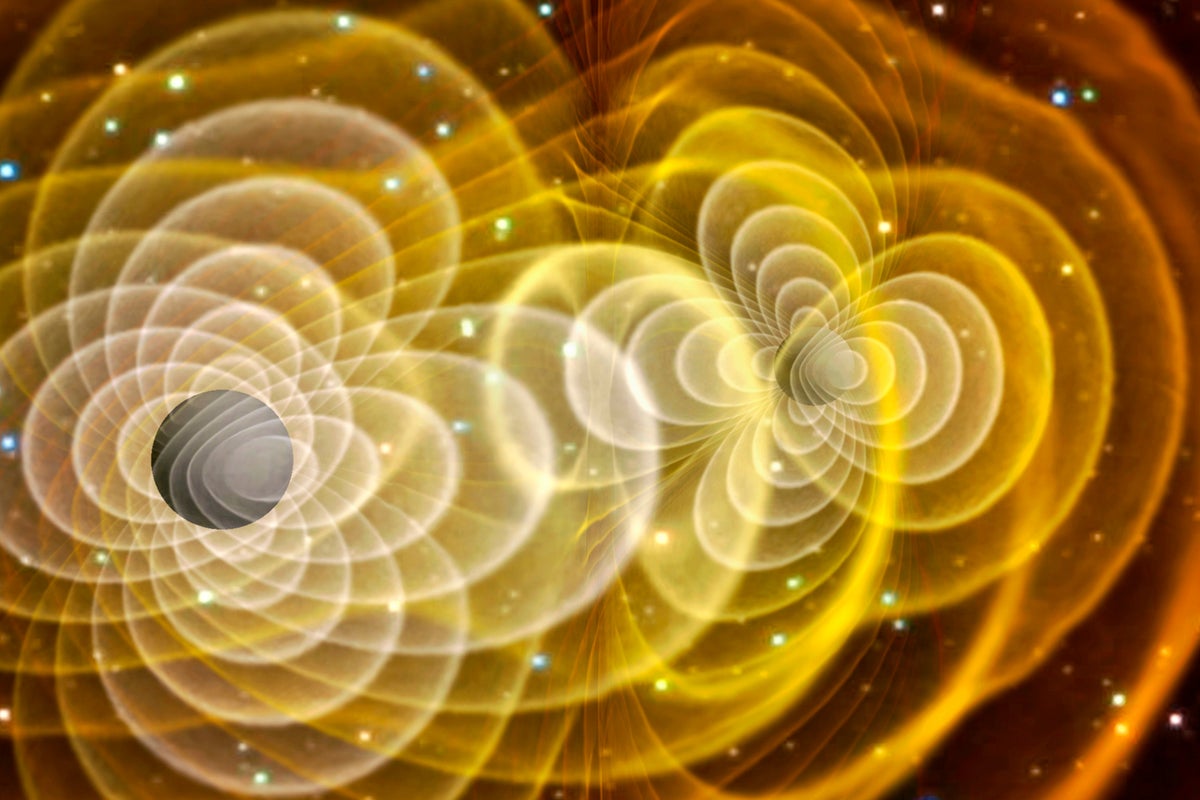
"The discovery of gravitational waves has become commonplace, allowing physicists to explore their origins and revealing that some arise from near misses between cosmic bodies."
"Research indicates that the interactions between black holes and neutron stars during close passes could be well understood through principles derived from string theory."
"The linkage between string theory's concepts and astrophysical phenomena represents a significant advancement in understanding the behavior of massive celestial objects."
"The former mystery surrounding gravitational waves now includes exciting insights into near-miss events, suggesting a deeper complexity in the interactions between black holes."
A decade after the first detection of gravitational waves by LIGO, researchers now frequently observe these phenomena from various celestial sources. Recent findings suggest that some gravitational-wave events are not simply the result of black hole collisions, but can also originate from near misses. An international team has linked these events to concepts derived from string theory, providing a potential bridge between theoretical physics and real astrophysical behavior. Their work, published in Nature, utilizes geometric structures from particle physics to study the dynamics of black holes during these close encounters.
Read at www.scientificamerican.com
Unable to calculate read time
Collection
[
|
...
]